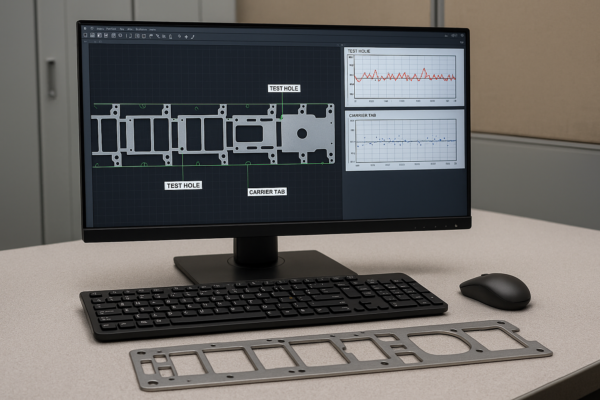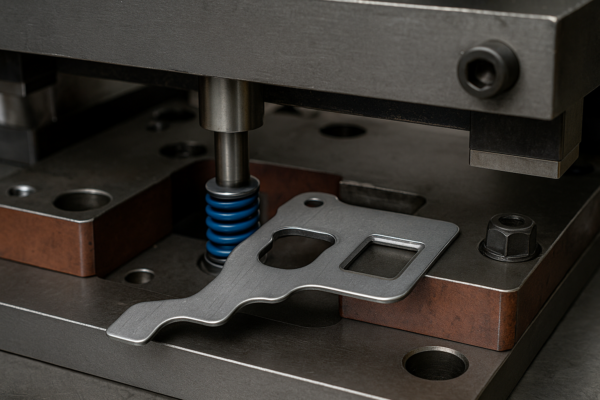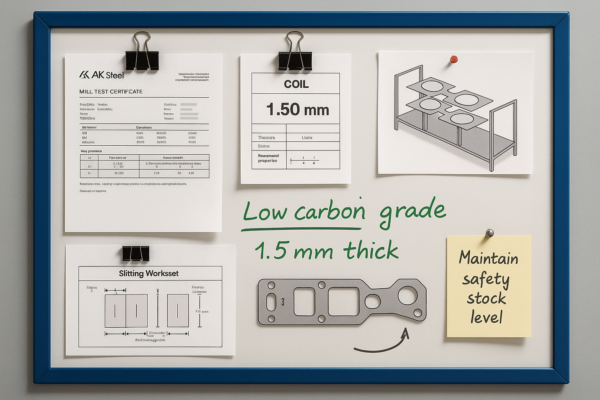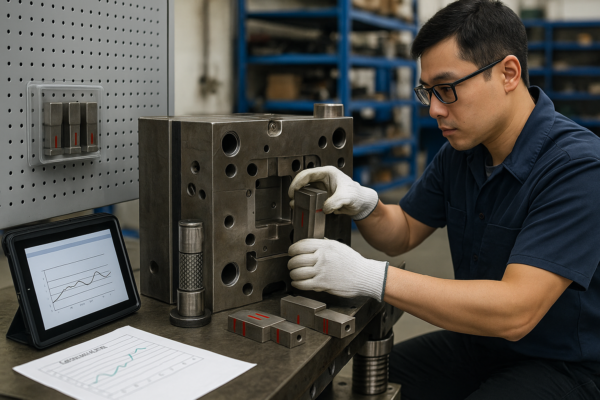What is the Hardest Weld to Learn?
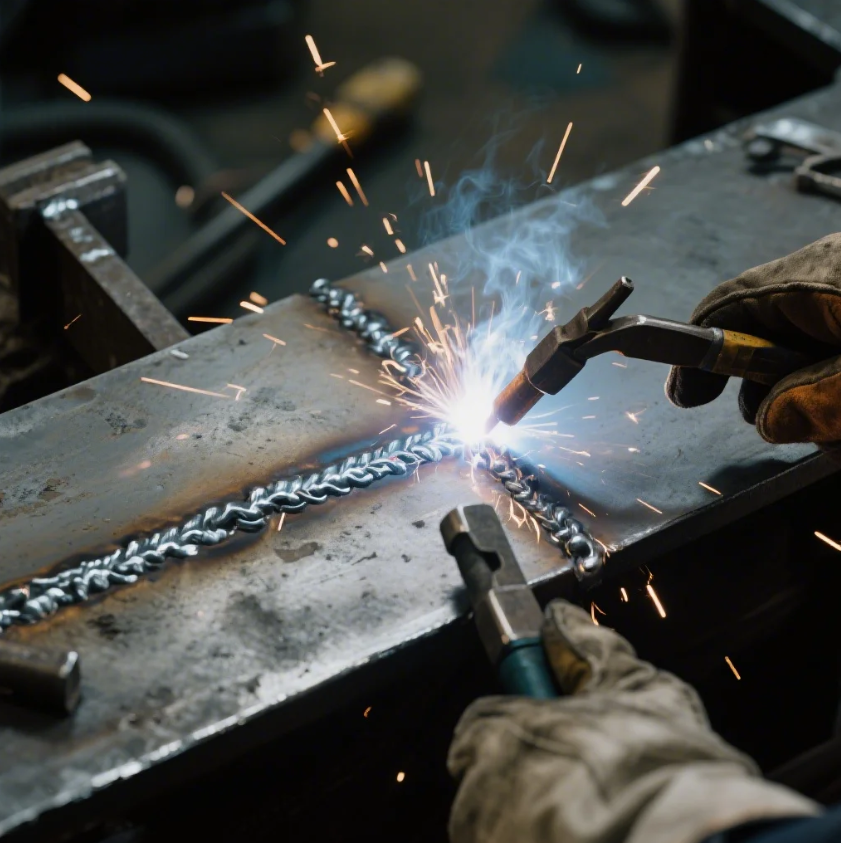
Welding is a skill that requires precision, practice, and the right technique. While some welding methods are relatively easier to learn, others are more complex and require years of experience to master. Understanding the most difficult welds can help you focus your efforts where they’re needed most.
Snippet paragraph: The hardest weld to learn varies by skill level, but TIG welding is often considered the most challenging due to its precision and the skills required to manage the heat and arc.
Transition paragraph: Keep reading to learn about the easiest welds, which welding types pay the most, and which positions are the hardest to master in welding.
What is the Easiest Weld to Learn?
For beginners, the easiest weld to learn is typically MIG welding (Metal Inert Gas welding). MIG welding is known for its simplicity and ease of use. It involves feeding a wire through a welding gun while a shielding gas protects the weld from contaminants.
Snippet paragraph: MIG welding is considered the easiest for beginners due to its simple setup and consistent results. It’s ideal for those starting in welding.
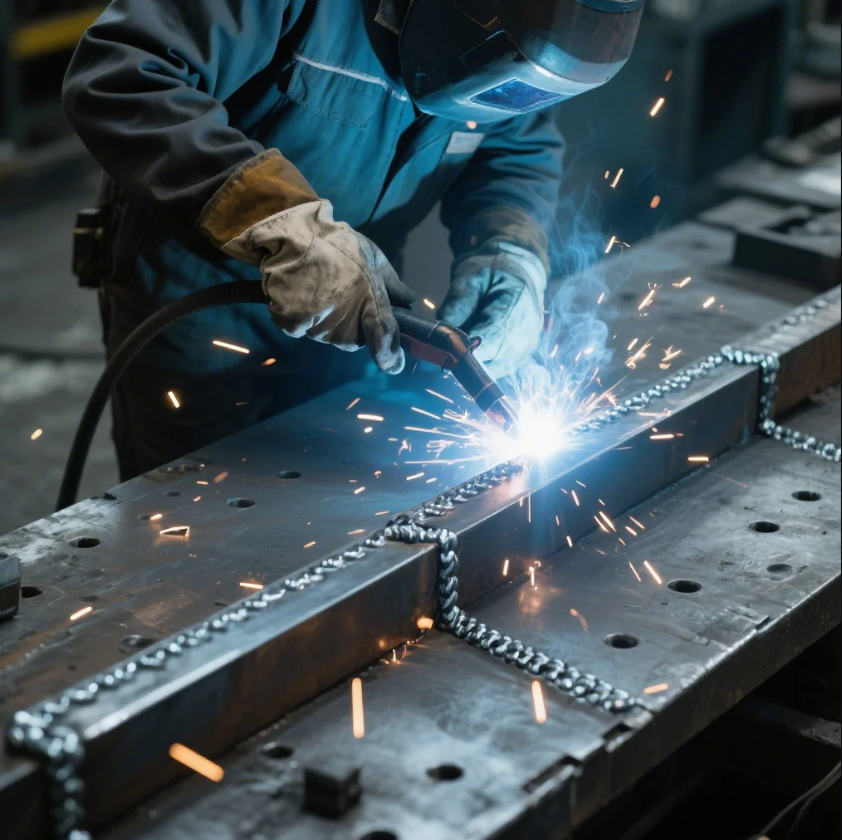
Why MIG Welding is Easy to Learn
- Continuous Wire Feed: Unlike other welding methods, MIG welding uses a continuous wire that eliminates the need for manually feeding a rod, making it easier to maintain a stable arc.
- Minimal Technique Required: The welder mainly controls the gun’s movement, making it simpler to get the desired result compared to other methods like TIG or stick welding.
- Versatile and Quick: MIG welding works well with various metals, and the process is faster compared to other welding types, making it ideal for novice welders.
Which Welding Pays the Most?
The welding field offers many lucrative career opportunities, with some methods offering higher pay due to their complexity, skill level, and industry demand. TIG welding and pipe welding tend to pay the most.
Snippet paragraph: TIG welding and pipe welding are some of the highest-paying welding types due to the expertise and skill required for these jobs.
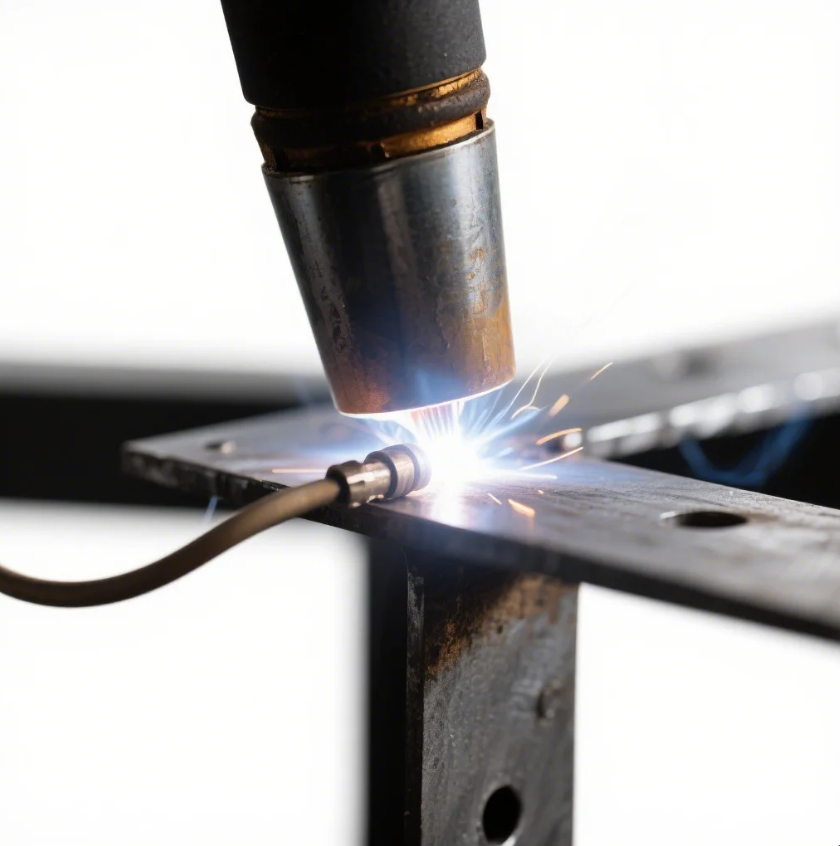
Why TIG and Pipe Welding Pay the Most
- TIG Welding: TIG welding requires precision and skill, especially when working with thin metals and high-end materials like titanium or aluminum. As a result, TIG welders can earn significantly more.
- Pipe Welding: Pipe welders, particularly those working in industries like oil, gas, and construction, often earn high wages due to the technical nature of the work and the risk factors involved.
| Welding Type | Skill Level Required | Average Salary Range | Common Applications |
|---|---|---|---|
| TIG Welding | High | $40,000 – $70,000+ | Aerospace, automotive |
| Pipe Welding | High | $50,000 – $80,000+ | Oil & gas, construction |
| MIG Welding | Moderate | $30,000 – $50,000 | Manufacturing, automotive |
What is the Most Difficult Position in Welding?
The most difficult position in welding is 6G. This position requires the welder to work on a fixed pipe, which is placed at an angle that combines horizontal, vertical, and overhead welding.
Snippet paragraph: The 6G position is the hardest in welding due to the complex angles and constant adjustments required to maintain a stable weld.
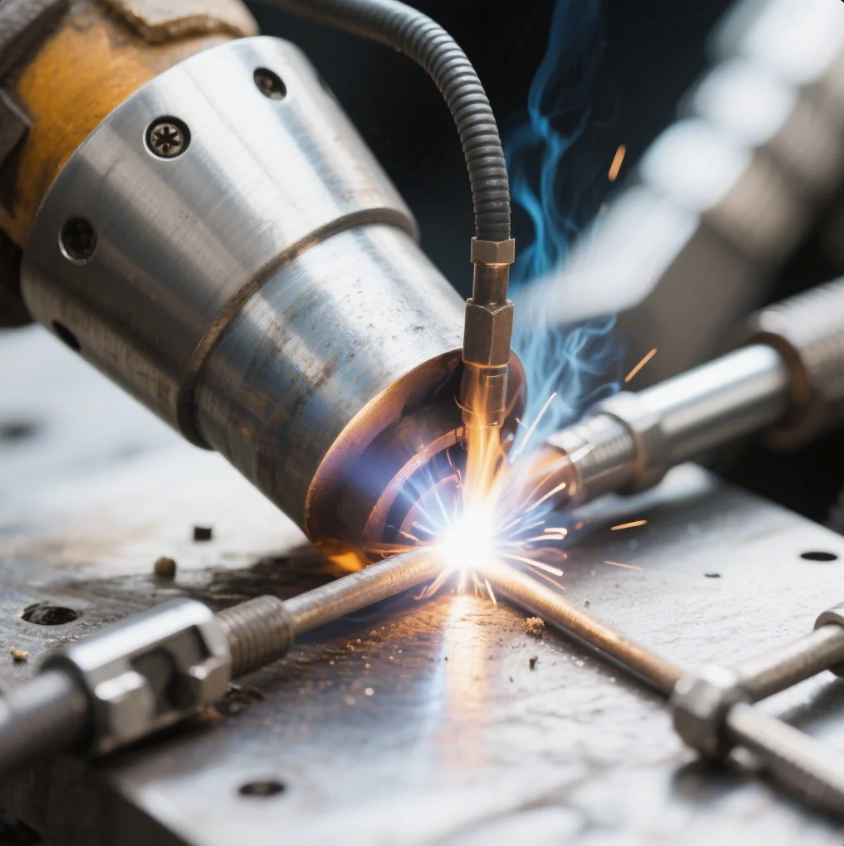
Why 6G is the Hardest
- Multi-Angle Welding: In the 6G position, the pipe is fixed and positioned at a 45° angle. This requires welders to work in a variety of positions: horizontal, vertical, and overhead.
- Limited Visibility: Working in tight spaces with limited visibility makes it difficult to monitor the weld pool.
- Advanced Skills: 6G welding demands a high level of control, particularly when working with different materials and pipe configurations.
Is Stick Welding the Hardest to Learn?
Stick welding, or Shielded Metal Arc Welding (SMAW), is often considered one of the more challenging types to learn. Although it’s commonly used and highly versatile, it requires a steady hand and the ability to manage the arc length and rod feed.
Snippet paragraph: Stick welding is challenging due to its manual technique and the need to control the electrode and arc length. However, it’s not necessarily the hardest compared to TIG welding.
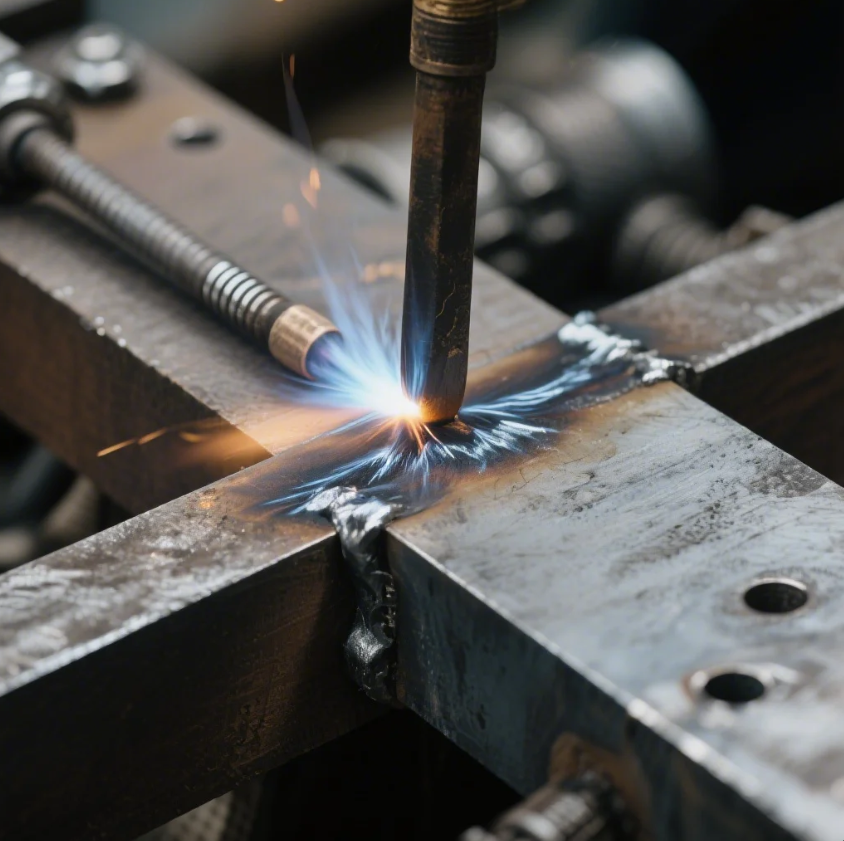
Why Stick Welding is Challenging
- Manual Technique: Stick welding requires the welder to feed the electrode manually, which can be difficult to control.
- Arc Management: The welder must maintain a consistent arc length and manage the heat to avoid issues like spatter or weak welds.
- Outdoor Use: Stick welding is typically used in outdoor conditions, which can be challenging due to wind, dust, or poor visibility.
Stick Welding vs. TIG Welding
While stick welding is tough due to the manual nature of the process, TIG welding is often considered harder. TIG welding involves controlling the arc with one hand while simultaneously feeding a filler rod with the other, which demands a high level of coordination and precision.
Conclusion
While many welding methods have their challenges, TIG welding is often considered the hardest due to the skill and precision required. Stick welding can be tricky to master as well, but it’s generally easier than TIG. The 6G position is also the hardest to learn due to its complex angles and limited visibility. However, with the right training and practice, any welder can learn to master these techniques.
Ready to improve your welding skills? Contact Prime today for expert advice, custom solutions, and fast, reliable service. Get your free consultation and quote now!

